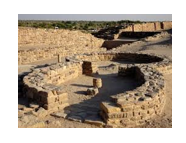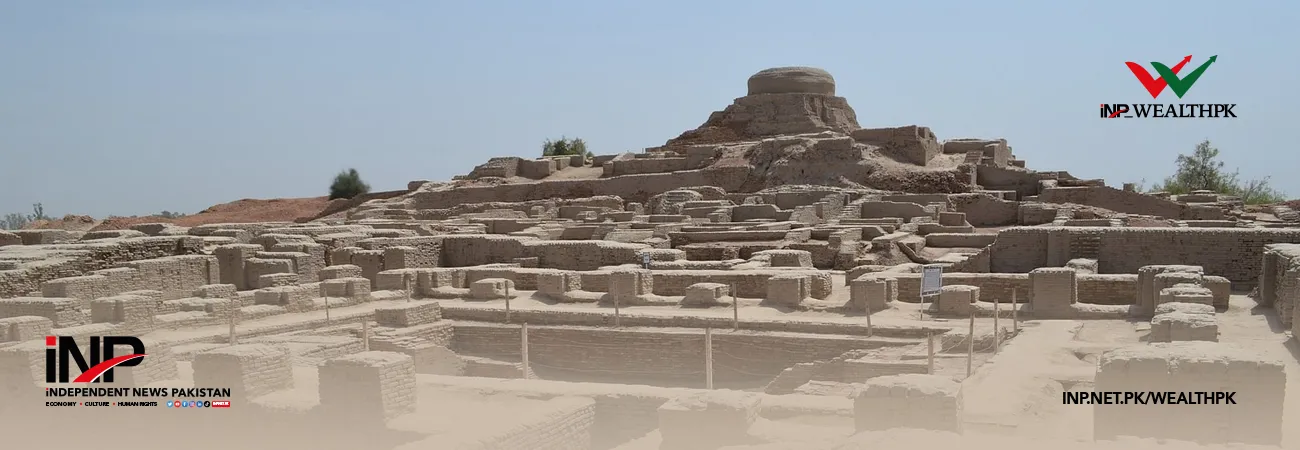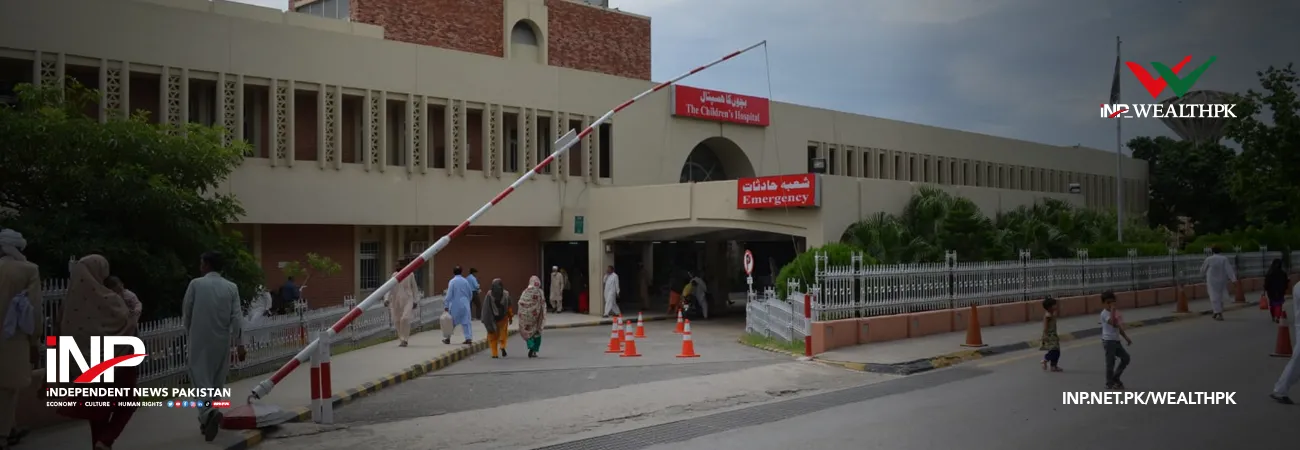INP-WealthPk
Faiza Tehseen
The promotion of Harappa, an ancient city of the Indus Valley civilisation, on the world stage can attract a good number of tourists. Harappa is situated in the Sahiwal district of the Punjab province.

Speaking to WealthPK, Naveed Anjum, head of sales and marketing at the Tourism Development Corporation of Punjab (TDCP), said departmental coordination was key to projecting the place at the international level. “Some foreign tourists love to visit archaeological places, so Pakistan should attract these visitors to its historical sites by projecting them worldwide through special awareness campaigns.” Anjum emphasised that people who were interested in visiting the archaeological sites needed to be made aware of their historical value. “Such a move will go a long way in preserving our cultural heritage.” Muhammad Iqbal Khan Manj, Deputy Director Archaeology, Punjab (North), recalled that in 1921, during excavation under the leadership of John Marshal, a reputed archaeologist, Daya Ram Shahi discovered Harappa.
“Ram Shahi discovered that the ancient city had a proper urban planning, an underground drainage system and burnt bricks were used in the construction work. Indus civilisation was divided into three periods: the early Harrapan period (3300BC to 2600BC), the mature Harrapan period (2600BC to 1900BC) and the late Harrapan period (1900BC to 1300BC).” Speaking to WealthPK, Manj said that covering an area of about 370 acres with clay brick houses, the ruins of Harappa depict the grandeur of a bronze-age fortified city. “It was part of the Indus Valley civilisation centred in Sindh and Punjab. This city was badly damaged under the British and French rules when bricks from there were used to construct the railway track between Lahore and Multan.” He said that the two greatest ancient cities, Mohenjodaro and Harrapa, emerged along the Indus river valley in Punjab and Sindh in 2600BCE.
Manj furhter explained: “The Indus Valley civilisation was spread in west Punjab, south of Lahore, in the west of Balochistan, and from the Himalayan foothills toward India.” He said once the Indus Valley civilisation was the modern centre of culture, urban centres, infrastructure, socioeconomic system, and knowledge. “Its earliest roots can be found from 7000BC in Mehrgarh. The civilisation was never plundered but became extinct when the river changed its course.” Manj said though the timeline of this civilisation can be discerned from the archaeological data, there is no clear archaeological evidence available to permit a systematic study. He said there was a site museum, an auditorium, a canteen and a parking facility for the visitors in Harappa city.
Credit: INP-WealthPk













